1. Hollywood Lied to Us About Dinosaur Sounds

If you grew up watching dinosaurs on the big screen, chances are you’ve heard them let out earth-shaking roars that could make your spine tingle. But here’s the thing—those iconic sounds are pure Hollywood fiction. Real dinosaurs probably didn’t sound anything like the terrifying calls of T. rex in Jurassic Park. That deep, guttural roar? It was likely borrowed from tigers, lions, and alligators, mixed in a sound lab to create something that never actually existed in prehistoric times.
The problem with these cinematic roars is that they don’t align with what we know about dinosaur biology. Modern birds and reptiles—dinosaurs’ closest living relatives—don’t roar at all. Instead, they chirp, growl, coo, or even produce deep, eerie rumbles. If dinosaurs followed the same evolutionary patterns, their communication probably sounded more like a mix of bird calls and crocodile grumbles rather than the deafening bellows we’ve come to expect.
2. Dinosaurs May Have Been More Quiet Than We Thought
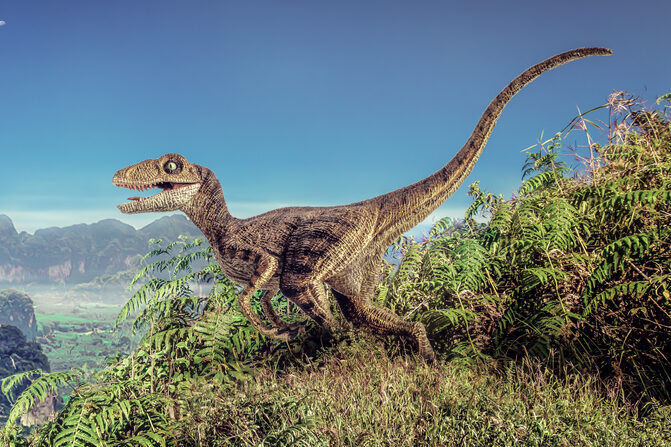
If you imagine the ancient world filled with non-stop, roaring dinosaurs, think again. Many paleontologists believe dinosaurs weren’t as vocal as we’ve been led to believe. Large predators, for example, may not have needed to make a lot of noise—just their sheer presence was enough to send other creatures running. Instead of roaring to communicate, they may have used body language, visual displays, or low-frequency sounds that traveled long distances.
It’s also worth noting that many modern animals rely more on non-verbal cues than vocalizations. A tiger stalking through the jungle doesn’t announce its presence with a roar before attacking; it moves in silence, relying on stealth. Dinosaurs like T. rex, being ambush predators, may have done the same. Rather than shaking the ground with their voices, they might have been eerily silent, letting their footsteps do the talking.
3. Some Dinosaurs Probably Hummed or Coos Instead
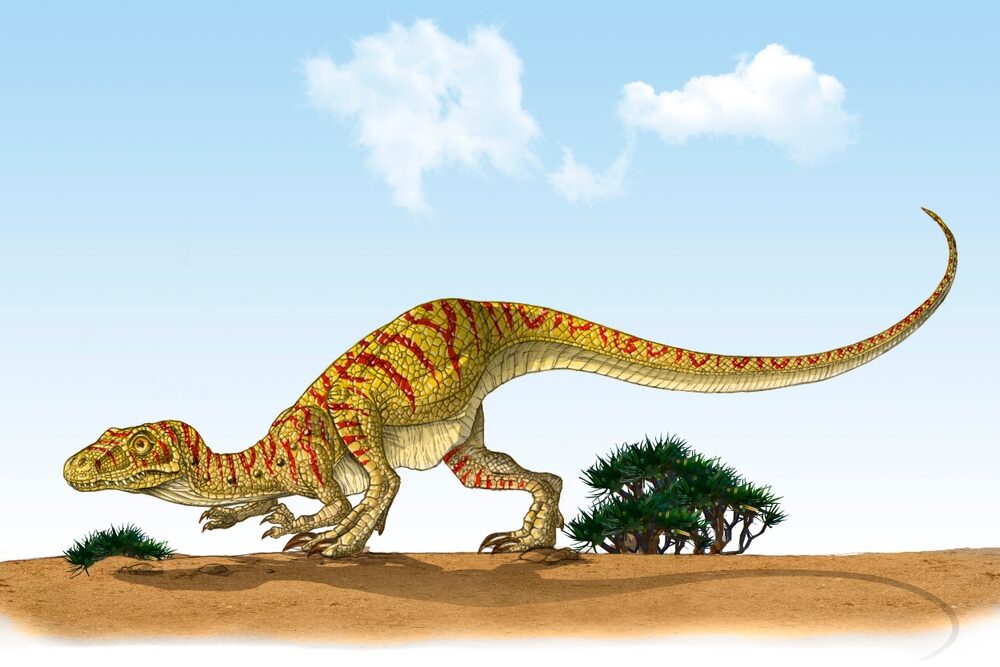
While roaring might be out of the question, that doesn’t mean dinosaurs were completely silent. Some species may have communicated with deep rumbles or cooing sounds similar to pigeons. This is especially true for herbivorous dinosaurs that lived in large herds. Just like modern birds use a variety of chirps and trills to stay in contact, dinosaurs may have had a whole range of soft, melodic calls to keep track of their family members.
This theory makes even more sense when you look at how today’s birds communicate. Many of them produce sounds by vibrating structures in their throats, allowing them to create an impressive variety of noises. If dinosaurs had similar vocal structures, it’s likely their sounds were far more nuanced than a simple, intimidating roar. Instead of shaking the air with their voices, they may have filled prehistoric forests with eerie, musical hums.
4. Low-Frequency Rumbles May Have Been the Real Dinosaur Language
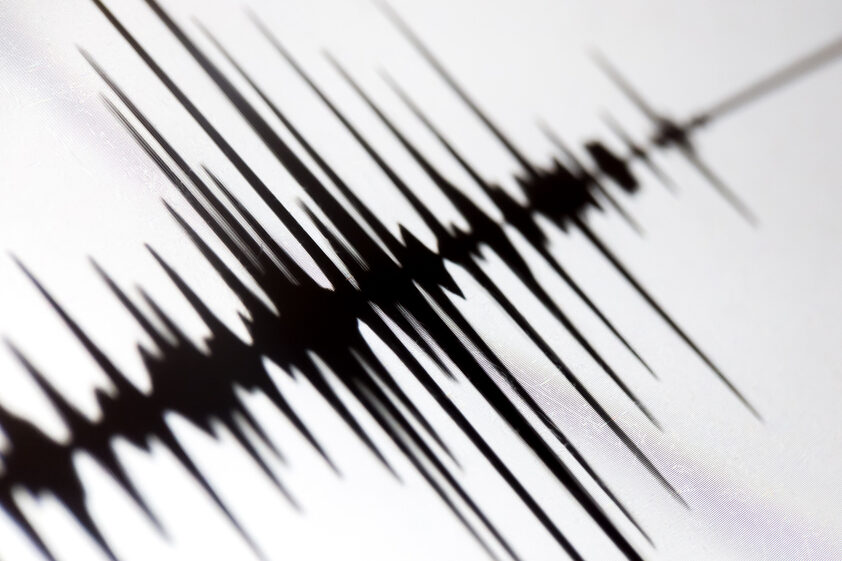
Some of the biggest dinosaurs on Earth might have had a communication system we can’t even hear. Instead of high-pitched calls, they may have relied on infrasound—low-frequency vibrations that can travel long distances. This is how elephants communicate today, using deep rumbles that are often felt more than they are heard. For massive dinosaurs like the Brachiosaurus, this would have been an incredibly effective way to send messages across miles.
This idea isn’t far-fetched when you consider how sound works in large animals. The bigger the creature, the deeper its vocalizations tend to be. While smaller dinosaurs may have chirped or whistled, the giants of the Mesozoic era likely produced sounds so deep they were almost imperceptible to human ears. Imagine standing in a prehistoric jungle, feeling the ground subtly vibrate as a herd of long-necked dinosaurs “spoke” to each other in ghostly, seismic whispers.
5. Dinosaurs Could Have Had Beak-Like Instruments for Sound
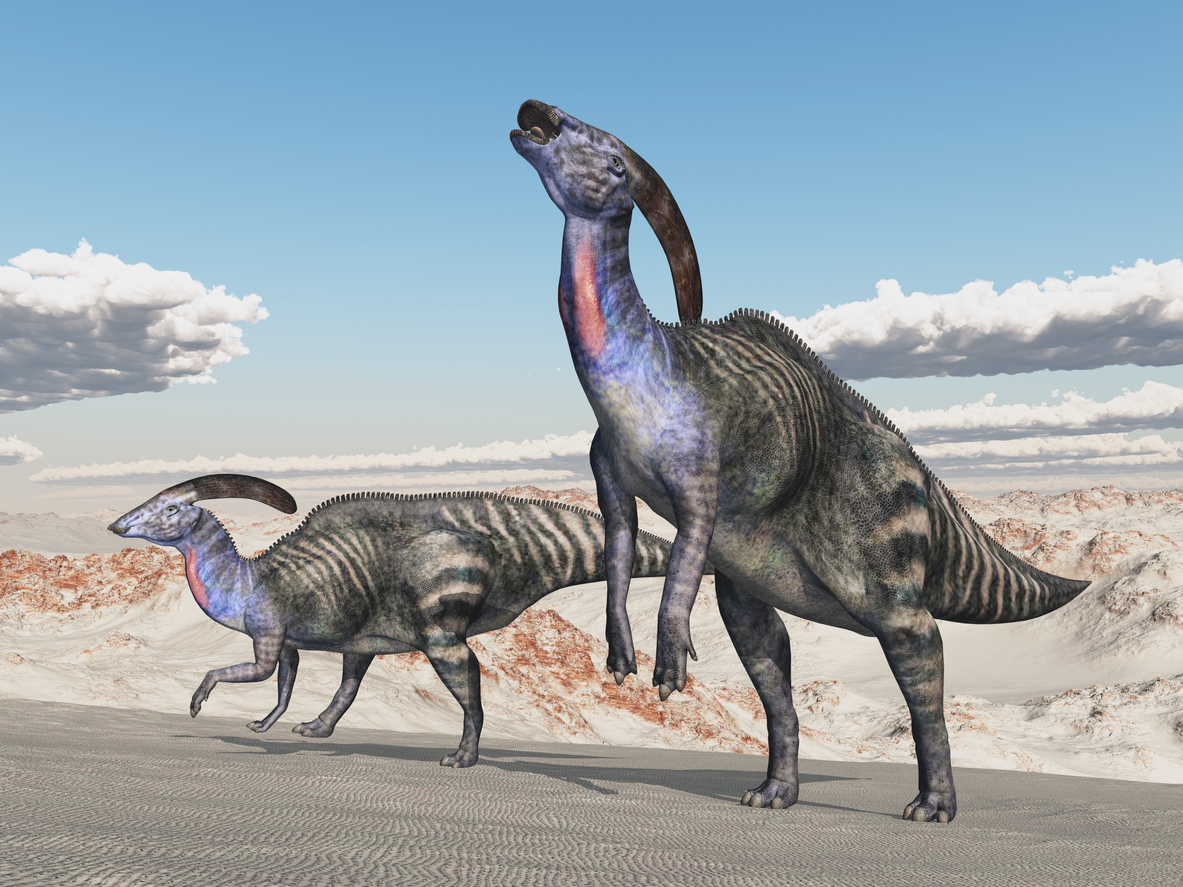
One of the most fascinating possibilities is that some dinosaurs produced sounds using built-in resonators, like birds with beaks or even hollow bones. Some species, like the crested Parasaurolophus, had elaborate tube-like crests on their heads that may have functioned as natural horns. If so, their calls could have sounded less like a roar and more like the haunting, low-pitched notes of a wind instrument.
This would have given some dinosaurs an incredibly unique way to communicate. Imagine a prehistoric world filled with eerie, echoing toots and long, melodic honks rather than deafening roars. It’s a soundscape that’s completely different from what movies have led us to believe, but one that fits much better with what we know about dinosaur anatomy.
6. The Closest Modern Comparison Might Be Crocodiles
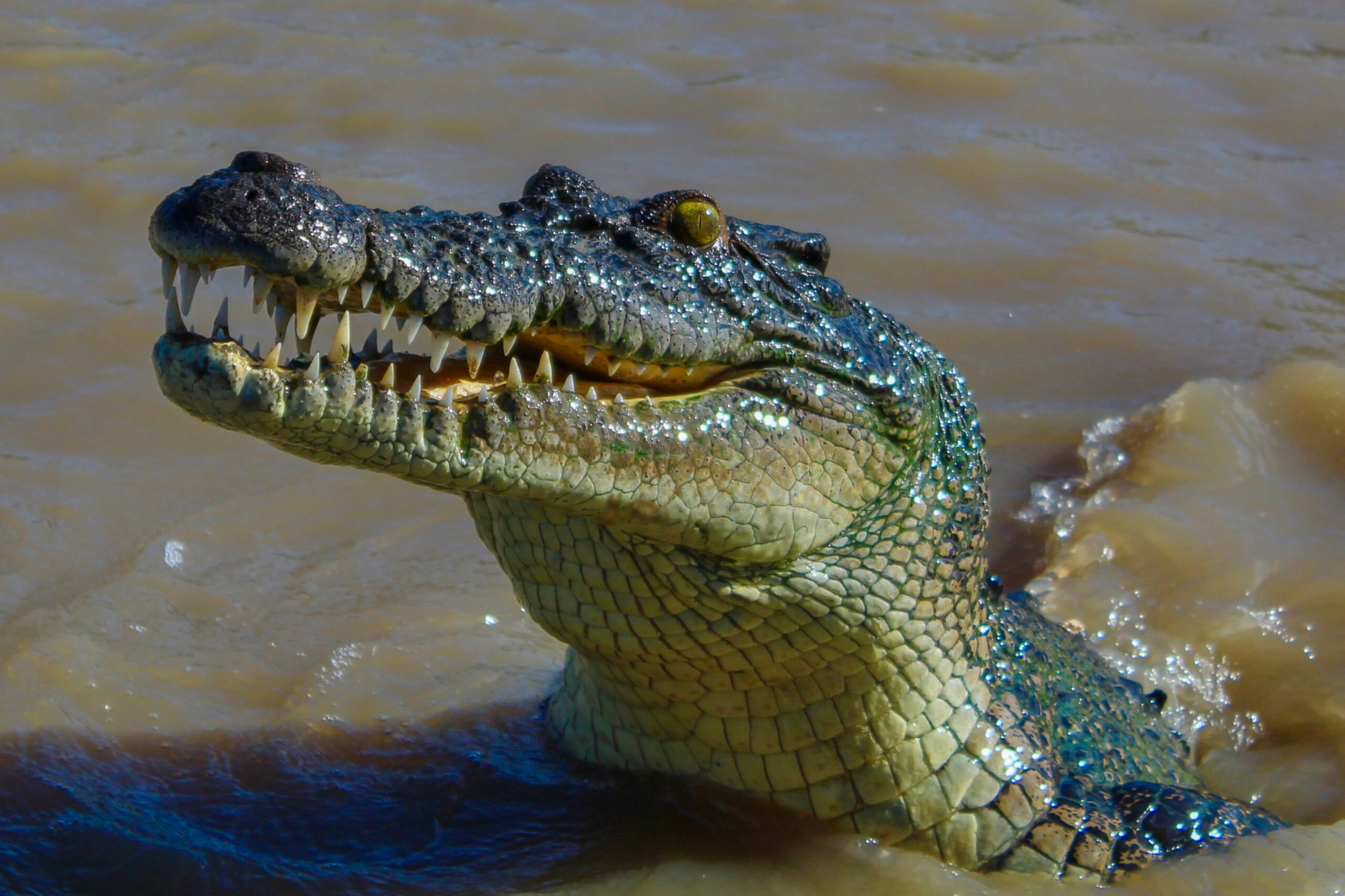
If we really want to get an idea of what dinosaurs sounded like, crocodiles might hold the answer. These ancient reptiles don’t roar—they rumble, hiss, and produce deep, guttural growls that sound more like distant thunder than a lion’s call. Some crocodiles even create subsonic vibrations in water, causing eerie ripples that help them communicate silently with others.
Considering that birds and crocodiles are dinosaurs’ closest living relatives, it’s likely that their sounds were somewhere in between the two. Imagine a prehistoric world filled with soft hisses, deep rumbles, and strange water vibrations rather than non-stop, ear-shattering roars. It’s not the Hollywood version, but it’s probably a lot closer to reality.
7. Dinosaurs May Have Communicated Through Feathers Instead of Sound

Perhaps the most surprising idea is that some dinosaurs didn’t need to make much noise at all—they may have “spoken” with their feathers instead. Just like modern birds use feather displays to attract mates or warn rivals, some dinosaurs may have relied more on visual signals than vocal ones. Brightly colored feathers, rapid flapping, or dramatic postures might have been the dinosaur equivalent of a loud roar.
This idea reshapes how we imagine prehistoric creatures interacting. Instead of a T. rex letting out a deafening bellow, picture it fluffing its feathers and doing an intimidating head bob. Instead of a velociraptor screeching like in the movies, imagine it flicking its tail or puffing up its plumage to send a message. Dinosaurs may have been far more visual communicators than we ever realized.
8. The Prehistoric World Was Likely a Lot Quieter Than Movies Suggest

The biggest takeaway from all of this? The Mesozoic era was probably much quieter than Hollywood makes it seem. Instead of an endless chorus of roaring dinosaurs, the ancient world was likely filled with a mix of deep rumbles, eerie whistles, and the occasional burst of rustling feathers. It’s a much more complex and fascinating soundscape—one that makes dinosaurs feel even more real.
It’s a strange thing to realize, but it also makes sense. In nature, loud sounds attract attention, and attention is often dangerous. By relying on quieter, more subtle forms of communication, dinosaurs may have been much more sophisticated than we ever imagined. They weren’t just roaring monsters; they were highly evolved creatures with their own unique ways of expressing themselves. And that, in a way, is even cooler than the movies.


